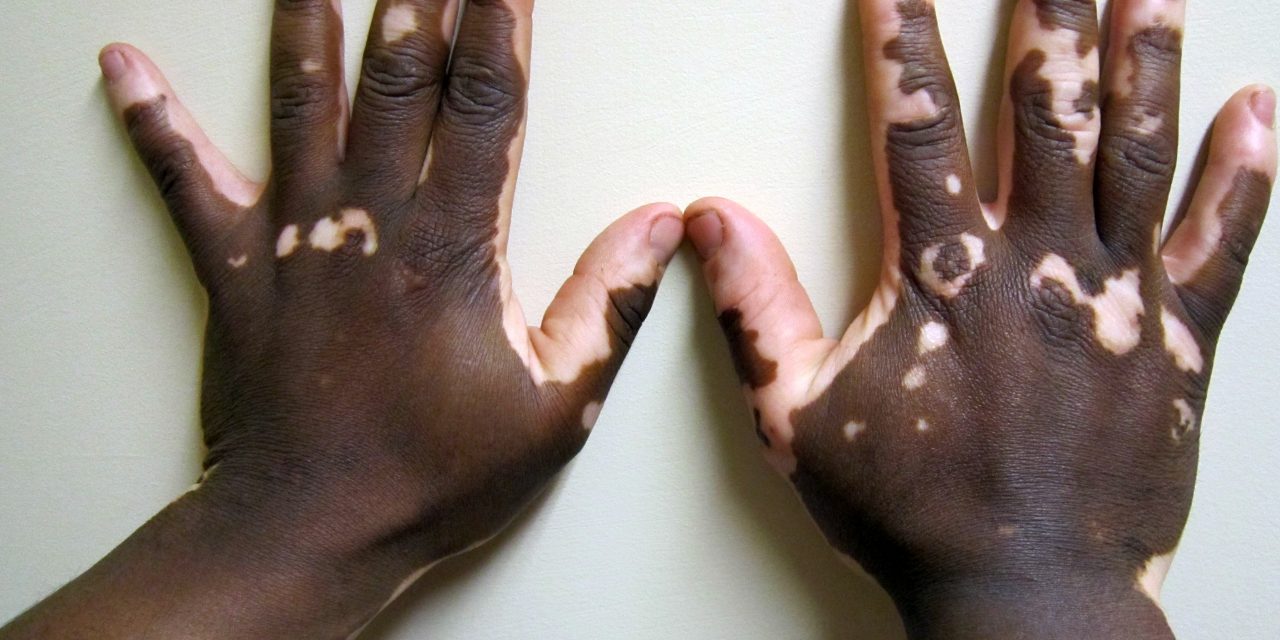Isabella Ross
With the skin condition affecting more than 400,000 Australians, Vitiligo has become a relative commonality within society known for its distinctive pigmentation. In simplistic terms, Vitiligo is the loss of pigment cells that results in the skin becoming white in isolated spots or patches. Although the exact cause is shrouded in mystery, the condition is regarded as an autoimmune disease that affects males and females of all ages and ethnicities.
One of the biggest misconceptions of Vitiligo is that it is contagious. Given that it is an autoimmune disorder, the condition is not infectious. Even though there are no major health risks related to Vitiligo, the psychological impact of the change in appearance is prominent.
President of the Vitiligo Association Australia, Professor Adrian Mar said that ‘patient support, education and public advocacy’ are necessary factors to ensure accurate and balanced information is known about this condition.
Local resident, Leisa Harrison, spoke with Sydney Observer regarding her experience with Vitiligo.
“When I was 10 my skin started to develop white patches, particularly on my legs in the beginning. Over the years it began to appear on other areas of my body, including my torso, back and arms.”
The emotional impact of developing the autoimmune skin condition as an adolescent was challenging, Leisa said, particularly due to the frustration of there being no cure.
“As a teenager I was definitely self-conscious and used to refer to myself as a patchwork quilt, but now being middle aged I no longer try to cover it up. Rather, I feel more confident about myself no matter what my skin looks like.”
In recent years the commonality of Vitiligo has surfaced, with the rise in stardom for Canadian fashion model, Winnie Harlow who has a prominent form of the skin condition. Perhaps the most famous celebrity to have the autoimmune pigmentation is Michael Jackson, with the skin condition rumoured to be responsible for his continual wearing of the single white glove and act of bleaching his skin colour.
With increasing recognition and awareness for Vitiligo, it is hoped that for future individuals who have the condition, a cure will be discovered to uncover the mystery of how it can be effectively treated.












